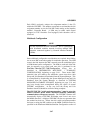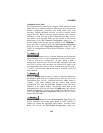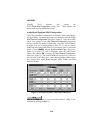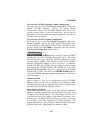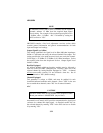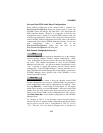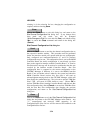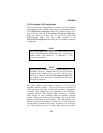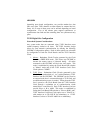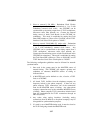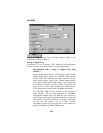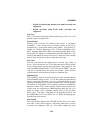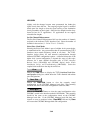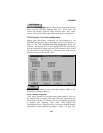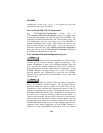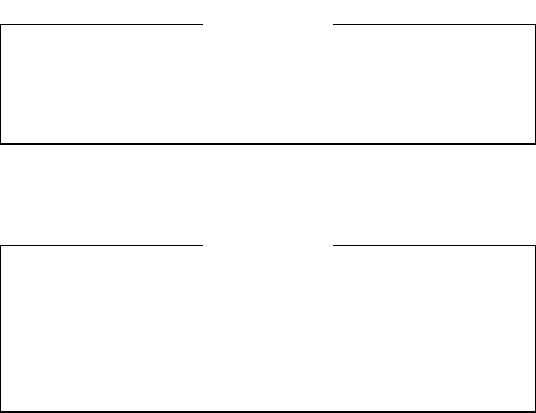
LBI-39224
3-55
T1/E1 Equipped NIM Configuration
This section describes configuration for channels of T1/E1 Interface
Card-equipped NIMs. Channel configurations are performed from the
T1/E1 Digital Site Configuration dialog box, shown in Figure 18 on
page 3-39, and from the T1/E1 Interface Card Auto-configuration
dialog box, Figure 19 on page 3-42. As was the case with Audio
Board-equipped NIMs, only those NIMs selected in the
Site Channel Configuration List dialog box are available for channel
configuration.
Like the CEC/IMC Audio Board, each T1/E1 Interface Card
within a CEC/IMC interface module must have a unique board
address setting. This address is 1 - 8 (addresses 2 - 8 are
currently not available).
T1/E1 selection is performed at the CEC/IMC Manager on a
CEC/IMC wide basis. Changing the Line Type will cause the
complete T1/E1 database to be reset (lost). The Line Type
shown as the "default" when the Audio Interface Type dialog
box appears is how the system is configured and Line Type
should not be changed.
The T1/E1 Interface Card provides a built-in T1 or E1 port for
CEC/IMC interface modules. This port allows direct interfacing to
T1/E1 microwave, fiber-optic, or leased lines facilities. Consequently,
co-located T1/E1 multiplexing (mux) equipment at the CEC/IMC is
eliminated when the T1/E1 Interface Card is employed. CEC/IMC
Audio Boards are also eliminated within the particular interface
module. Within each of these interface modules, one or more T1/E1
Interface Cards replace all Audio Boards. The T1/E1 Interface Card
furnishes twenty-four full-duplex T1 channels in T1 mode and thirty-
one full-duplex E1 channels in E1 mode. In addition to its T1/E1 port,
the T1/E1 Interface Card also contains eight subrate ports which,
NOTE
NOTE



